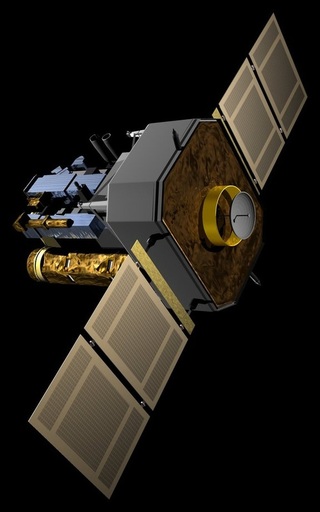| We applaud the NASA/ESA Solar and Heliospheric Observatory (SOHO), which has marked its 20th anniversary this week. Originally planned for two-year mission, the project has now almost gone strong for two full solar-cycles, making the project longest Sun watching satellite to this day. While watching the Sun's activity, SOHO has produced some discoveries about how the Sun works. According to ESA, its chief discoveries include finding complicated gas currents below the Sun's visible surface, as well as tracking frequent changes in magnetic fields. When SOHO launched on December 2, 1995, it travelled 1 million miles from the Earth towards the Sun to study our parent star's interior, solar wind and mysterious heating of solar atmosphere. Today, 20 years later and after numerous extension to the mission, scientists in both NASA and ESA have gained invaluable knowledge about the Sun and it's behaviour. Now SOHO serves the objective of monitoring space weather and predicting solar storms. The Sun’s energy keeps Earthlings alive, but the concept of space weather wasn't understood very well when SOHO was launched. Now, space weather is being defined as events or conditions stemming from the Sun that affect any space-borne or ground-based technology, therefore influencing human life and endeavours. Thanks to SOHO’s coronagraph, a type of camera that uses a solid disk to block out the bright face of the Sun to better observe the comparatively faint solar atmosphere, known as the corona, we now know that giant clouds that burst off the Sun called coronal mass ejections, or CMEs, are a major piece of the space weather puzzle. Though two space-based coronagraphs preceded the one on SOHO, neither provided the same quantity or quality of observations. | Credit for picture of SOHO : http://i.space.com/images/i/000/017/405/i02/soho-spacecraft.jpg?1336774677 |
|
0 Comments
Your comment will be posted after it is approved.
Leave a Reply. |
Archives
March 2024
Categories |

 RSS Feed
RSS Feed